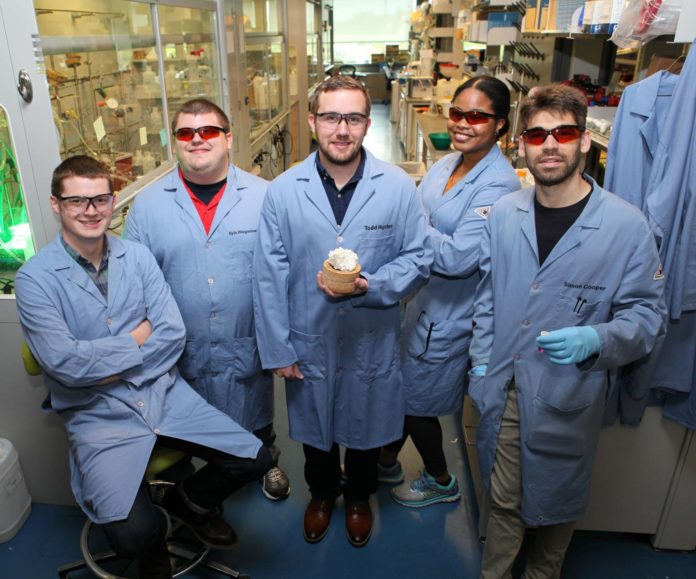Enzymes are nature’s catalysts, the keys to influencing basic biochemical reactions to take place rapidly enough to maintain life. Even if searching for more than a decade, organic scientists are yet to discover its use.
Now, scientists at the Princeton University have found a completely new way to get enzymes to do a non-natural reaction. They have removed an enzyme from its natural setting, added a few new ingredients, and succeeded in making it catalyze a different type of chemical reaction.
According to scientists, the findings could be applied to other enzyme families to invent completely new enzymatic reactions.
Scientists, through this study, are trying to show that enzymes hold the potential for many feats. The fundamental key is to understand how an enzyme catalyzes a reaction.
Frances Arnold, the Linus Pauling Professor of Chemical Engineering, Bioengineering and Biochemistry at the California Institute of Technology said, “I think I am always surprised that our simplified approach to enzyme catalysis actually works. As students, we are taught that enzymes are incredibly complicated and specific catalysts. … Every time we find that they are capable of doing something completely new that nature never intended, it is surprising and exciting.”
During experiments, scientists added a small amount of a carefully selected photo excitable dye to the enzyme and flooded it with a green light. Doing this, they discovered an incredibly exciting marriage of enzymatic catalysis (biocatalysis) and photoredox catalysis.
Kyle Biegasiewicz, a postdoctoral research associate in Hyster’s lab and one of two co-first-authors on the paper said, “In essence, their breakthrough allows for a new “plug-and-play” approach, using enzymes to turn on new catalytic reactivity, which has many exciting implications. While I can’t give away any details of ongoing projects in the group, I would inform the synthetic community to stay tuned — the latest stuff is really cool!”
Simon Cooper, a graduate student in Hyster’s lab said, “The idea for this avenue of research came from following “the bread crumbs” in previous research. Other scientists had demonstrated that exposure to ultraviolet light caused a significant change in the behavior of an abundant molecule, nicotinamide adenine dinucleotide phosphate (NADPH), which Hyster’s team added to the enzyme along with the photosensitive dye.”
“When exposed to UV light, NADPH can switch from transferring two electrons and a proton in a single step to transferring first an electron and then a hydrogen atom (an electron and a proton). We thought that if we could take advantage of this new pathway inside an enzyme, valuable new reactions awaited discovery.”
“The most important aspect of the findings in this paper is controlling the transfer of a hydrogen atom to create only one of two possible mirror-image forms of a molecule. This type of selection between two mirror-image forms has traditionally been very difficult to achieve for the transfer of a hydrogen atom, and the methods disclosed here are one solution to this challenge.”
The study was published in Nature Chemistry on June 11, 2018.
